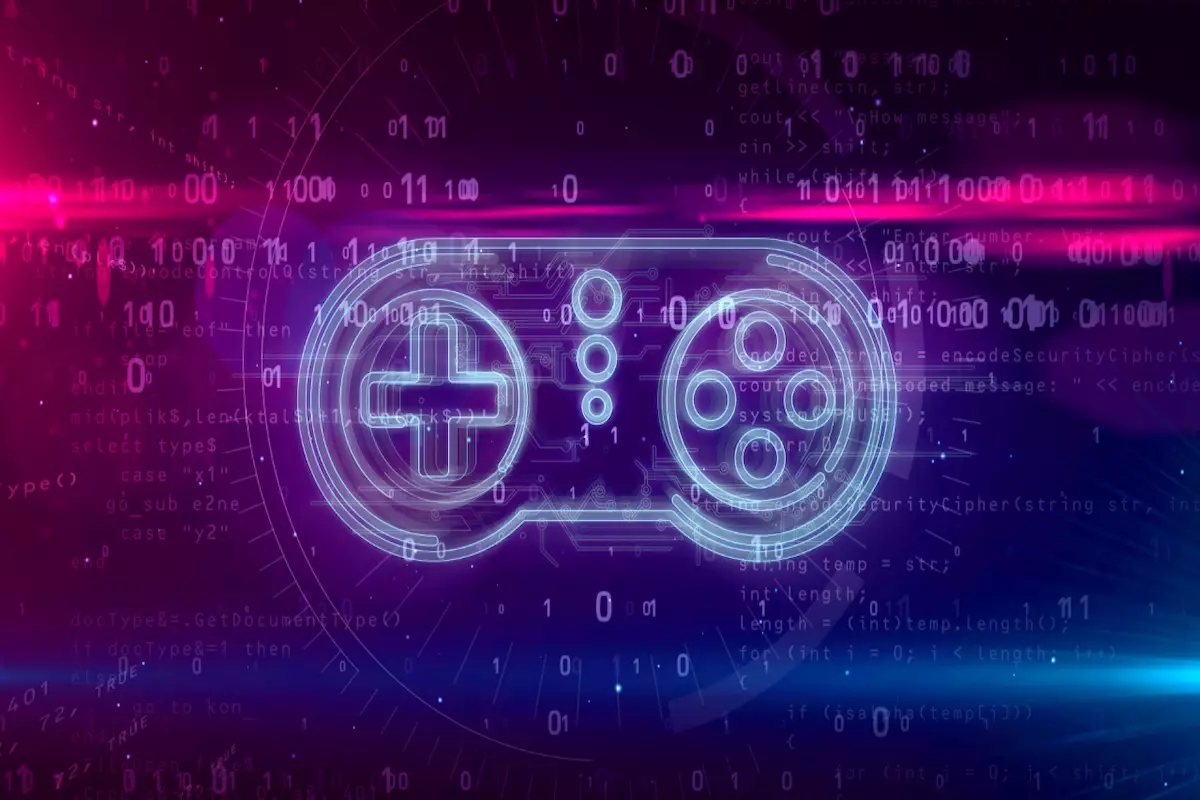The gaming industry is undergoing a profound transformation, with the rise of play-to-earn (P2E) models projecting new dimensions of player engagement and economic opportunity. Unlike traditional gaming frameworks, P2E games empower players to generate real-world value, creating a significant shift in how games are perceived and monetized. This article explores the intricacies of developing a successful P2E game, highlighting essential considerations from conception to launch.
One of the foundational steps in creating a P2E game is identifying the target audience. Market analysis should be extensive, encompassing the preferences, behaviors, and pain points of potential players. For instance, different demographics might prefer distinct gameplay mechanics or monetization strategies. Developers must balance the enjoyment factor with earning opportunities, ensuring that gameplay remains engaging while incentivizing players to invest time and resources. Crafting a game that retains its fun element while allowing players to profit significantly shapes its potential success in a competitive space.
The decision regarding which blockchain to utilize in a P2E game is paramount. Each blockchain offers unique attributes concerning scalability, transaction fees, and environmental impact. Smart contracts should be integrated to facilitate secure in-game transactions, reinforcing players’ confidence in the system. Given the growing concerns about the environmental footprint of many cryptocurrencies, selecting a blockchain that prioritizes energy efficiency becomes crucial for both ethical considerations and regulatory compliance.
Crafting Sustainable Tokenomics
Developing a robust tokenomics framework is essential for maintaining economic balance within the game environment. This involves creating a sustainable ecosystem where in-game currencies and assets can thrive without causing inflation or devaluation. Implementing mechanisms such as token burns, staking options, and controlled supply can significantly contribute to a stable economy. Exploring various token models, such as dual-token systems that distinguish between in-game currency and governance tokens, can offer more resilience against market fluctuations, thereby retaining player interest and extending gameplay longevity.
As the P2E model blurs the lines between gaming and financial transactions, navigating regulatory frameworks is essential. Understanding regional laws governing cryptocurrencies and NFTs, along with addressing potential gambling concerns, is critical to maintaining compliance. Building trust within the gaming community hinges on transparency and proactive engagement with regulatory standards. Players need assurance that their interests are protected within the gaming environment, which can be achieved through informative content and community support initiatives.
Creating a vibrant community around a P2E game fosters loyalty and sustained player engagement. Developers should focus on crafting intuitive interfaces that ease newcomers into blockchain gaming, guiding them through the intricacies of the game mechanics. Offering educational resources can demystify blockchain technology and reinforce player confidence. Conducting regular feedback sessions during alpha and beta testing phases allows for real-time improvements, ensuring the final product resonates with players.
A well-planned launch strategy sets the stage for a successful P2E game. Exclusive in-game events or rewards can spark initial interest and encourage players to dive into the gaming experience. Keeping the momentum alive post-launch involves frequent updates and fresh content, which can be fueled by community engagement events. Furthermore, monitoring the in-game economy is vital to avoid stagnation and continually attract new players.
Emerging technologies like augmented reality (AR) offer exciting possibilities for enhancing player experiences, highlighting the importance of staying attuned to industry trends. Shifting player demographics—especially the rise of mobile gaming and social interaction components—should also inform ongoing game development strategies.
While the landscape of developing P2E games presents numerous challenges, it also opens doors to innovative economic opportunities. By weaving together player-focused design, secure technology, and sustainable economic principles, developers can create engaging and profitable gaming experiences. As the industry continues to evolve, embracing these elements will be crucial for crafting P2E games that are not only enjoyable but also financially rewarding. Success in this emerging space hinges on a keen understanding of the players’ needs and a commitment to continuous improvement and adaptation.
















Leave a Reply